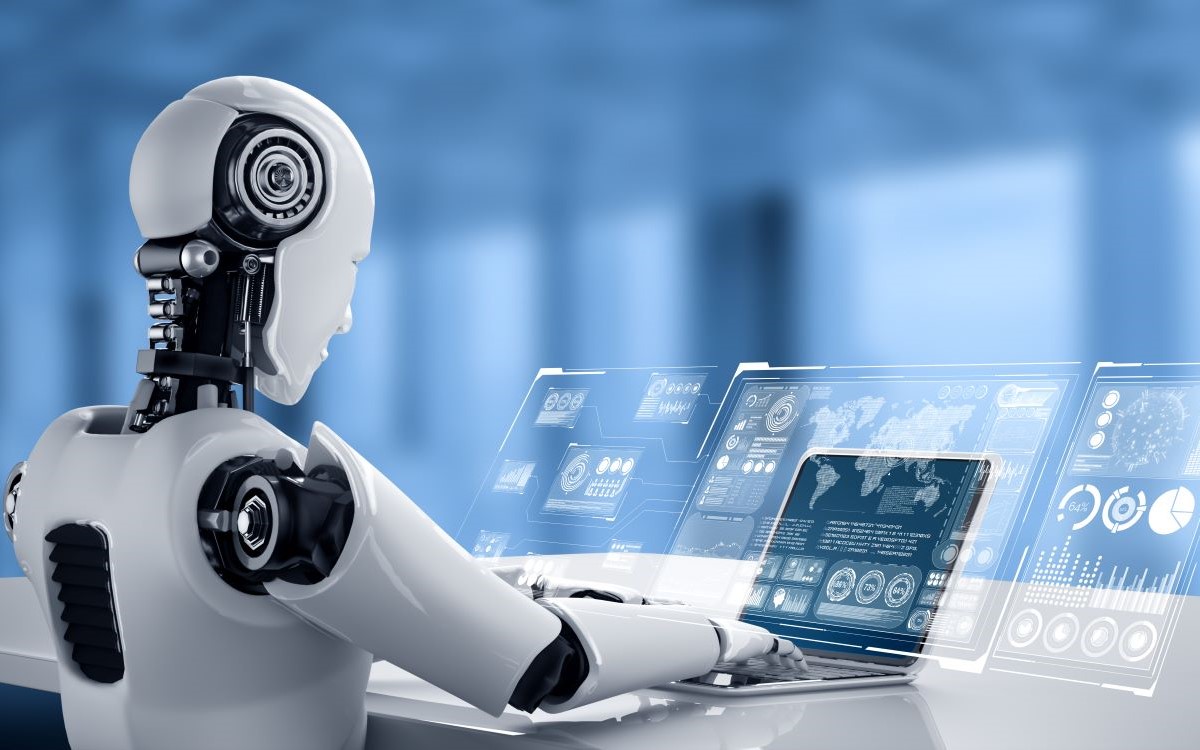
Contents
- New needs raised by Covid-19
- Tackling problems with two approaches: tech innovation and UI
- Data-augmented learning technology to support mask-wearing
- Fujitsu solves real-world problems
Covid-19 has brought about significant changes in our society and given rise to countless examples of technology being repurposed to help us adapt to the new normal. From the massive growth in video conferencing tools to spikes in online commerce, people have had to adjust to living their professional and personal lives online at a dizzying pace. As a digital transformation company, Fujitsu is in a position to assist with these efforts and is committed to ensuring that digital transactions are conducted as safely as possible through its high-security authentication technologies.
New needs raised by Covid-19
As a result of the pandemic, we’re now required to wear masks in our daily lives. While this is a necessary measure to prevent further spread of the Covid-19 virus, it can be a frustrating experience. Have you ever passed a friend or acquaintance on the street and not recognized them? It’s a fairly common occurrence these days, and it’s not unique to humans – it can also be a problem for facial recognition technologies.
From retail settings to events, the demand for contactless and highly accurate personal authentication has never been greater. In response, and to overcome the obstacle presented by face masks to recognition technologies, Fujitsu is utilizing AI, deep learning, and data augmentation to establish multimodal biometric authentication that can be relied upon even in situations when mask-wearing is the norm.
Biometrics refer to body measurements and calculations that are related to human characteristics and are commonly used in high-security multimodal biometric authentication technologies developed by Fujitsu. For example, by combining two types of authentication technologies – such as palm vein and fingerprint, or palm vein and facial recognition – Fujitsu is able to achieve high accuracy and security while maintaining a contactless approach.
With the world's top palm vein authentication and facial recognition tools, Fujitsu’s pandemic-ready solutions are already in existence. However, it takes creativity and vision to re-imagine them in response to changing needs.
Tackling problems with two approaches: tech innovation and UI
Facial recognition is fast and contactless and has the advantage of quickly narrowing down similar people from a large pool of registered users. However, by relying on a single biometric identifier, it runs the risk of misidentification. As indicated by NIST FRVT*, the face recognition false accept rate** is expected to be between 1 in 100,000 and 1 in 1 million. With this false accept rate, it only can be expected to identify up to 1,000 people. And palm vein authentication supports identification up to 10,000 people. In contrast, multimodal biometric authentication, which for example combines face information and palm vein information, can handle a million users.
In February 2020, Fujitsu teamed up with Lawson, a Japanese convenience store chain, to open an experimental outlet without a cash register at a Fujitsu plant. By employing a multimodal biometric authentication approach, customers could be identified and verified as they entered the store, therefore enabling speedy, safe and hands-free payment.
Aimed at discovering multimodal biometric authentication issues that might arise in a real-world situation, the experiment revealed that authenticating masked customers was a real challenge because a large part of the face is occluded. Besides masked face authentication issue, in palm vein recognition, some participants might not aware of how the vein scanner worked. Using a near-infrared light, a vein scanner reveals a person’s unique vein patterns to authenticate their identity. However, if people had not encountered a vein scanner before, they didn’t know how to position their hand for the sensor to take an accurate reading.
The development team behind the experimental store tackled this problem in two ways: by developing data-augmented learning technology, which enables highly accurate refinement even for faces wearing masks, and improving the optical user interface for palm vein authentication.
*: Face Recognition Vendor Test (FRVT) by US National Institute of Standards and Technology (NIST)
https://www.nist.gov/programs-projects/face-recognition-vendor-test-frvt
**: Percentage of mistakenly identifying another person as the person
Data-augmented learning technology to support mask-wearing
The success rate of facial recognition decreases when a mask is worn, because data points from facial features are extracted only from the exposed area around the eyes. This reduces the amount of information available for authentication. Therefore, the decision was made to let the AI learn by generating images with masks added. Using deep learning technology and data-augmented learning technology, it became possible to estimate the head posture using facial feature points and automatically generate suitable mask images based on the posture of the eyes and nose.
As a result, Fujitsu has been able to create natural-looking mask-wearing images with not only variations in position and shape, but also added colors and patterns. This led to a new technology that can respond to a wide range of conditions when the mask is worn, reducing the time and burden of collecting various training data.
When facial recognition is completed in this way it achieves an accuracy rate of more than 99%, which is the same as that of a non-masked person, even when the mask is worn. The success of this technology was acknowledged when Fujitsu ranked 6th in the world and the top facial recognition vendor in Japan*** based on the facial recognition vendor test held by the US National Institute of Standards and Technology. In addition, to improve palm vein authentication, feedback on the height of a person’s hand is provided by changing the color of a palm-shaped light.
With these two approaches, Fujitsu's multimodal biometric authentication technology has become even safer and easier to use and is on track to being able to handle a million users, even with the widespread use of masks as a result of the pandemic.
***: US National Institute of Standards and Technology (NIST) : Report released in November 2020
https://nvlpubs.nist.gov/nistpubs/ir/2020/NIST.IR.8331.pdf
Fujitsu solves real-world problems
Guided by the Fujitsu Purpose of contributing to a more sustainable world, the company is committed to developing solutions that answer today’s needs; transforming existing technologies and harnessing multimodal biometric authentication and data-augmented learning to address the unprecedented challenges of a global pandemic is proof of that commitment in action.
Going forward, multi-biometric authentication technology will have an even wider range of applications in due to its high security, functionality, and ease of use. Further demonstration tests have begun, and Fujitsu is currently working on making the technology widely available to the public. It’s expected these innovations will lead to a near future in which people can log-in to remote work, receive packages from delivery lockers, enter and exit offices, make purchases from vending machines, and use e-commerce sites, all empty-handed and contact-free.
Fujitsu will continue to be on the forefront of these and other transformative technologies that have the power to address social issues and make steady progress toward the advancement of a more sustainable world.









